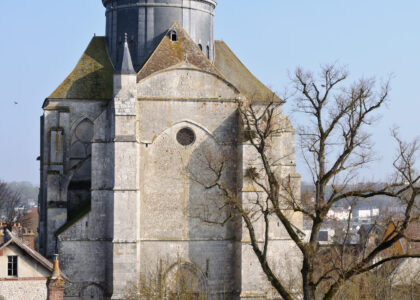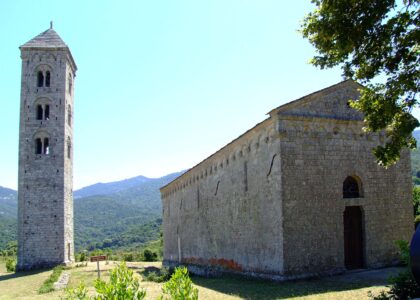As you approach the ancient tumulus in France, imagine stepping back thousands of years to a time when these burial mounds were central to cultural and spiritual practices. A tumulus, by definition, is a mound of earth and stones raised over graves, serving as a testament to the burial traditions of our ancestors. These structures, also known as barrows, have been used throughout the world, from the kurgans of Central Asia to the howes of Northern Europe.
The tumulus has its roots in the Neolithic era, and in France, these mounds offer a glimpse into the lives and beliefs of early societies. Among the most famous is the Tumulus of Bougon in the Deux-Sèvres region, dating back to around 4700 BCE. This site consists of multiple tumuli with intricate burial chambers, showcasing the architectural ingenuity of the Neolithic people. The tumuli here are remarkable for their variation in design, each telling a unique story of the past.
During your virtual or physical exploration, you may be fascinated to learn that these burial mounds often contained offerings alongside the remains, reflecting the spiritual beliefs and practices of the time. The tumuli were not just graves but were seen as sacred spaces, possibly aligned with celestial events, similar to the Kasta Tumulus in Amphipolis, Greece, which was designed to interact with sunlight during the winter solstice.
Notable figures from history have been associated with tumuli. For example, the legendary King Beowulf from Anglo-Saxon literature is said to have been buried in a barrow overlooking the sea, emphasizing the cultural significance of these structures not only as burial sites but also as landmarks of memory and honor.
As archaeology has progressed, the study of tumuli has provided invaluable insights into ancient societies, revealing their social hierarchies, spiritual beliefs, and interactions with their environment. Although many tumuli have been excavated, discovering treasures and secrets of the past, others remain untouched, preserving their mysteries for future generations.
Whether you’re exploring from afar or visiting in person, the tumulus stands as a tangible link to our shared human history, inviting us to reflect on the lives of those who came before us.






